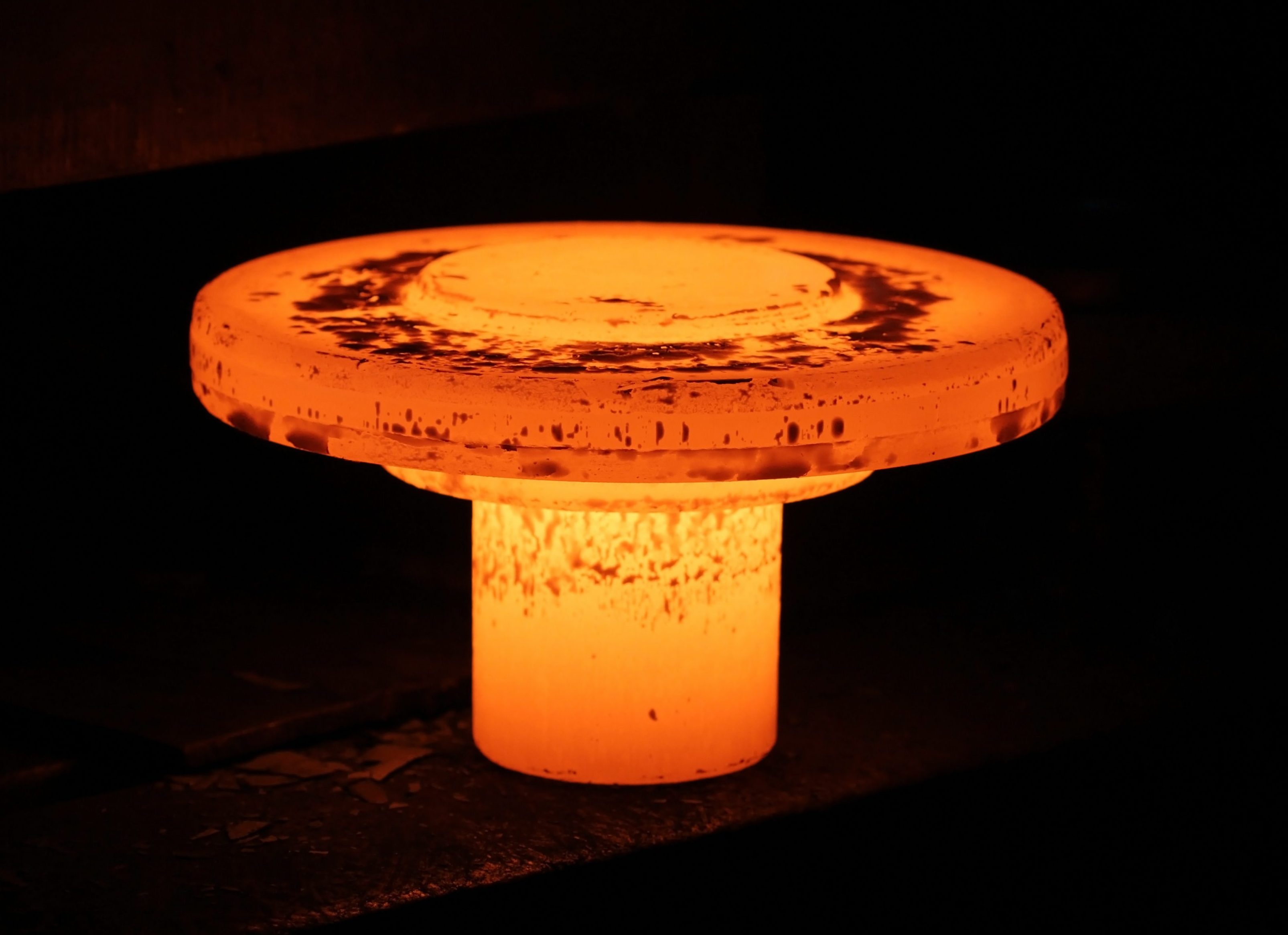
In thermal processing, process quality control is imperative to produce and control conforming product and overall conformance. In this article we will be examining some aspects of this: achieving repeatable results using specific inputs which, in turn, will allow us to validate the process to control outputs.
Producing and Controlling
Great ideas, whether profitable business deals, products, or personal endeavors, start as good ideas and gradually build into something controlled, compared to the raw idea we first imagined. The ideal New Year’s resolution starts this way; commit to losing a specific amount of mass (hopefully fat), and in doing so, you end up researching (that is, if you mean it) how to keep it off. Each idea starts with a premise that, in our readers’ terms, will produce conforming product post-thermal processing per customer requirements.
Product Realization
The initial step is product realization. In the context of heat-treat quality control, this will include a thorough understanding of your customer requirements. A heat treater may receive a batch of widgets with a purchase order stating, “heat treat AMS2770.” In order to maintain quality control through the process and deliver a conforming finished product, additional information will be needed. This would include material type as well as the desired final condition (temper, in this case). This initial step can be accomplished by ensuring the contract review process includes steps taken to obtain information from the customer when it is necessary. If your organization is Nadcap-approved, it’s important to keep in mind that the AC7102 checklist has specific requirements regarding contract review and what must be included in the applicable procedure.
Process Development
In this article, I will not be addressing the development process since, in basic heat-treatment, development is not normally performed as the customer/industry specifications are typically followed. Development may be needed for, as an example, braze joints (whether diffusion or standard braze), diffusion aluminide coatings, or bond cycles post-thermal spray.
 Process Implementation and Flow Down
Process Implementation and Flow Down
The next step is to document the process established, which will enable you to conform to the customer requirements. This is after any necessary development. These requirements are typically documented in three ways: 1) procedure, 2) work instruction, and 3) traveler (or router).
Instructions documented in a procedure are those that are default requirements and/or requirements that apply to all hardware processed in the equipment. An example of this is vacuum level. You may perform many processes within your vacuum furnace, although regardless of the process, you always require the chamber vacuum be less than 1 micron before applying heat. Another example is load thermocouples. You may require that, no matter what is being processed, a specific minimum number of load thermocouples be used each cycle. These are some examples of what would be inserted into a procedure to maintain control of a thermal process.
An example of requirements to be documented in a work instruction could be specific braze preparation steps. These could include braze joint gap requirements, alloy used, and nickel plating requirements. It could also include loading requirements such as using a composite graphite fixture with ceramic spacers or specific fixturing requirements.
An example of router documentation would include reference to a work instruction (as mentioned above) or a sequence of operations that ensures requirements are met. It may also include documentation of any post-thermal process test results, specific equipment limitations, etc.
Process Quality Control
Internal auditing is a check and balance to ensure quality control. This is a requirement of ISO/AS including Nadcap. A procedure should be established that will capture the critical variables of the process from contract review to final inspection. If your process is Nadcap-approved, the procedure should include all elements of Nadcap scope of approval(s). This can be accomplished by requiring the applicable Nadcap checklists be used during the internal audit. If this is not implemented, it can be easy to omit specific requirements.
Summary
Quality control in any thermal process is critical to ensure the final product conforms to the requirements flowed down from the purchaser. Using an outside subject matter expert can help in this process, including training for your staff.























